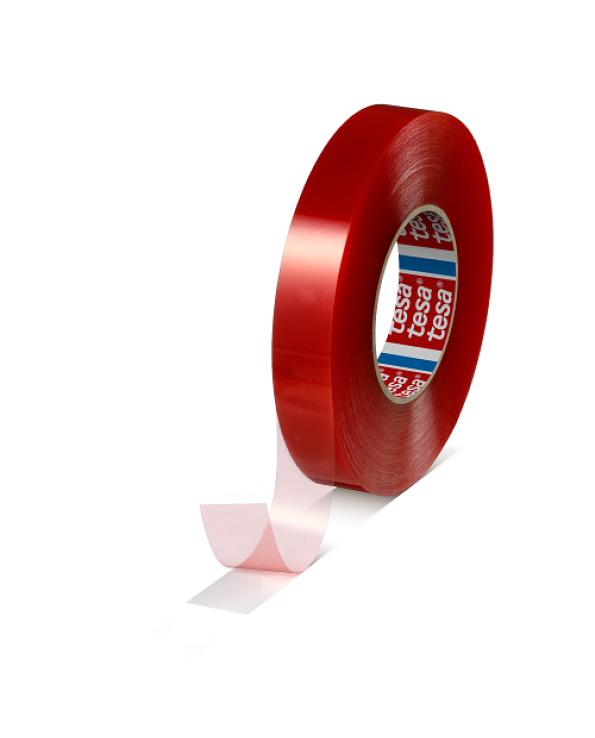
Fosroc
Fosroc Nitoproof 230 - Rubberised high build elastomeric membrane
Rubberised high build elastomeric membrane
Uses:
Nitoproof 230 is an elastomeric high build, cold applied, rubberised bitumen. Suitable for use as a waterproofing membrane on all wet area floors, walls and roofs where concrete substrate cracking may occur. Also suitable for protecting concrete foundations, tie beams and substructures from vapour / chloride / sulphate contaminated soil in areas above the watertable. Nitoproof 230 will bridge minor live cracks. It is also designed to provide a continuous barrier to the passage of water and water vapour and can be used to produce vapour barriers.
Advantages:
- Single component
- Water based - non toxic
- Damp tolerant & applicable on green concrete
- Elastomeric
- Non flammable
- Resists attack by chloride and sulphate ions
- Asbestos free
- Suitable for horizontal and vertical application
- Suitable to use as curing compound
Standards compliance:
Nitoproof 230 complies with concrete curing requirements of ASTM C309-93 when applied at a rate of 0.87m2 /litre.
Nitoproof 230 complies with ASTM E84 for Flame Spread Index(FSI) and Smoke Development Index(SDI) : Class A.
Description:
Nitoproof 230 is a high build rubber reinforced bitumen emulsion. The emulsion is dark brown in colour and dries to form a black, flexible coating. Nitoproof 230 is formulated for use in Middle East conditions.
Specification:
Elastomeric rubberised bitumen emulsion waterproofer. Concrete surfaces shall be waterproofed with Nitoproof 230, an elastomeric high build rubberised bitumen emulsion. Two coats shall be applied each at a rate of 0.87m2 per litre providing a total dry film thickness of 1.5 mm. The two coats shall be applied at right angles to each other.
Nitoproof 230 complies with ASTM E84 for Flame Spread Index(FSI) and Smoke Development Index(SDI) : Class A.
“Nitoproof 230 is certified by Dubai Civil Defence with the exception of any such substrate forming a building fascade system”
Limitations:
Application should not commence if the temperature is below 6 oC or above 45 oC.
Technical Datasheet
Method Statement
Safety Datasheet







Leave a Review
Your email address will not be published. Required fields are marked *